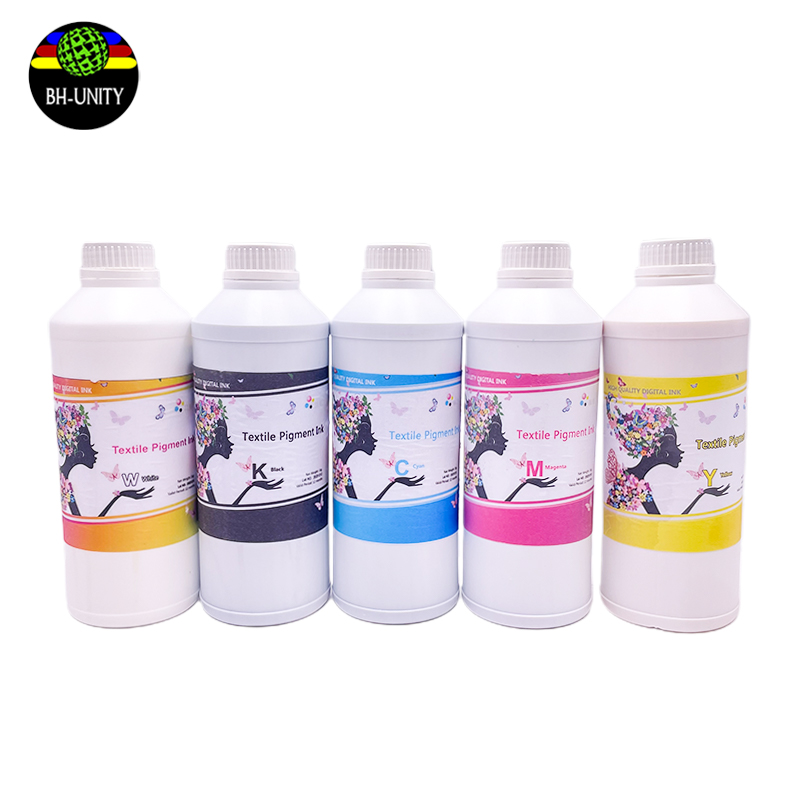The Future of DTG Printing: Innovations in Textile Ink
The Future of DTG Printing: Innovations in Textile Ink
The direct-to-garment (DTG) printing industry is undergoing a significant transformation, driven by advancements in textile ink technology. As more businesses and designers embrace DTG printing for its ability to produce high-quality, customizable apparel with short turnaround times, innovations in ink formulations are playing a crucial role in enhancing the capabilities and applications of this technology.

DTG printers have revolutionized the apparel industry by allowing for intricate designs and vibrant colors to be directly applied to garments. The latest advancements in textile ink are pushing the boundaries of what’s possible with DTG printing, offering improved durability, color vibrancy, and environmental sustainability.
One notable development is the introduction of water-based textile inks. These inks are becoming increasingly popular due to their eco-friendly properties. Unlike traditional plastisol inks, which contain PVC and phthalates, water-based inks are less harmful to the environment and offer a softer feel on the fabric. This shift is in response to growing consumer demand for sustainable products and the need for printers to comply with stricter environmental regulations.
Moreover, new formulations of water-based inks are being developed to enhance color vibrancy and reduce wash fading. These inks incorporate advanced pigments and additives that ensure long-lasting, high-quality prints even after multiple washes. As a result, DTG-printed garments not only look better but also retain their appearance over time, which is crucial for customer satisfaction and brand reputation.
In addition to sustainability and durability improvements, there is also a push towards inks that offer better performance on a wider range of fabrics. Recent advancements include inks that adhere well to both natural fibers like cotton and synthetic materials such as polyester. This versatility opens up new opportunities for DTG printing on various types of apparel, expanding the market potential for businesses and designers.
The industry is also seeing innovations in ink curing technologies. Traditional DTG printing often requires heat presses or dryers to cure the ink, which can be time-consuming and energy-intensive. Newer curing methods, such as UV curing, are being explored to speed up the process and reduce energy consumption. These technologies not only improve efficiency but also enhance the quality of the final print by providing a more consistent cure.
As DTG printing continues to evolve, the development of advanced textile inks will be a key driver in the industry’s growth. By focusing on sustainability, durability, and versatility, these innovations are setting new standards and expanding the possibilities for custom apparel. As businesses and consumers increasingly prioritize eco-friendly and high-quality products, the future of DTG printing looks bright, with textile inks at the forefront of this transformation.
